Survival Tips For Your First Whole30
You guys, I did it.
I completed survived my first Whole30 last month. I’d flirted with the idea several times before, and even attempted it briefly last November, only to self-destruct on Day 3 with the open bar at my company’s Thanksgiving party (blame it on the a a a a a alcohol).
For those of you who aren’t familiar with The Whole30, this article does a great job explaining it in more depth. But to quickly summarize, it’s a program in which you focus on eating only real, whole, unprocessed foods for 30 days, while simultaneously removing certain, potentially problematic food groups, all in an effort to reset your system and heal from stubborn health issues. The program is proven to help improve sleep, digestion, aches and pains, allergies and increase energy. It even promises to help change your emotional relationship with food and your body. Other side effects may include improved mood, clearer skin, brighter eyes and yes, maybe even a few lost lbs.
If at this point you’re thinking to yourself, “Wait, what’s the catch?” – let me introduce you, my dear friend, to the rules:
- No added sugars of any kind, real or artificial. That means no maple syrup, honey, agave nectar, coconut sugar, Splenda, Equal, Nutrasweet, xylitol, stevia or any of the other 5,000 other words for sugar that make their way onto our food labels.
- No alcohol. RIP dirty martinis. Au revoir old fashioneds.
- No grains. This one is tough for a lot of people, because it excludes even healthier grains like quinoa and oats.
- No legumes. Imagine a world with no peanut butter, hummus, miso soup, edamame – did I lose you at peanut butter?
- No dairy. I’m lactose intolerant, and also sensitive to milk proteins like casein and whey, so I’m pretty much always dairy-free. But for my friends whose FB pages list them as “in a relationship with cheese,” this rule can be a deal breaker.
- No carrageenan, MSG or sulfites. This gets to the “no additives or processed foods” area. Carrageenan in particular has got quite the reputation, but I’ll let you do your own research.
- Do not re-create baked goods, junk foods or treats* with “approved” ingredients. This one is most definitely aimed at the Paleo folks with their 3-ingredient banana pancakes and avocado chocolate mousse (which both, by the way, are delicious, just not allowed on The Whole30). The reasoning behind this rule is that simply substituting healthier versions of problem foods doesn’t necessarily break us free from our habit and/or dependence on them.
- Do not weigh yourself during the program. The Whole30 is about so much more than losing weight. To measure the program solely on lost pounds is to miss out on the incredible benefits it brings to your overall health and well-being.
For more in-depth information regarding the rules and program details, visit The Whole30 website.
I know this list is daunting. I joked with friends during the month and referred to the rules as “No sugar, no booze, no fun.” But after completing the full 30 days, I’m officially a believer, and I’ve got a few tips and insights that might help prepare you for this admittedly difficult undertaking.
You gotta cook.
I know there are articles on the inter-webs that outline all the Whole30-approved menu items at various restaurants and food chains, but realistically you can’t eat out every meal for 30 days. One of the things I loved about the month was how it re-ignited my love for trying new recipes. Although the list of foods you CAN’T eat is long, the list of foods you CAN eat is even longer. Every fruit and vegetable under the sun, eggs, meats, bacon, seafood, squash, good fats like nuts, seeds and avocado. Making that mental shift, from mourning the foods you can’t eat, to accepting and adopting all the foods you CAN, will literally make or break your chances of sticking out the full 30 days. And if it isn’t already, make Pinterest your best friend.
Get inventive.
Although the program strictly prohibits re-creating treats and junk food with “healthier, approved” ingredients, there are some kitchen swaps that are allowed, and will help fill the void of some of your go-to staples. If the absence of quinoa has left a whole on your plate (and in your heart) try “ricing” your vegetables – you’ve probably heard of cauliflower rice by now, but I also experimented (with delicious results) by ricing rutabaga and celeriac (celery root). To my delight, I was even able to recreate “mashed potatoes” with all 3 ingredients by mixing the “rice” with coconut milk and a little ghee in a food processor. Of course, don’t forget about trusty zoodles and spaghetti squash as pasta alternatives.
Be prepared.
It’s not just one of the scariest Disney songs of all time, it’s also another make or break tip. Start the habit of bringing your own lunches and snacks to work/school/on-the-go (a leftover portion of dinner from the night before was my go-to lunch). Stash a few Whole30-approved snacks in your bag. Carrots and guac, celery and almond butter, fruit and a handful of nuts. Scour the internet, you’ll find no absence of Whole30 snack ideas.
Stay accountable.
I did the program with my younger cousin, Alicia, and I also made a public declaration on Facebook the day that I started. Both helped to keep me honest and motivated throughout the month as I found myself not wanting to let anyone down, or set a bad example. Of course, at the end of the day, you’re doing it for yourself, but the added accountability made a big difference, especially in my weaker moments.
Know what to expect.
You’re most likely going to experience a (not so great) shift in your energy levels and digestive system as your body first begins to adjust to the new foods. I promise it’s temporary. This resource was a godsend as I was navigating those adjustments because it helped to know what to expect, and that I wasn’t alone in my experience.
Seriously, don’t weigh yourself.
I could go on a tangent of why I don’t advocate regularly weighing yourself anyway, but especially during your Whole30, just say no to the scale. I experienced a slew of positive improvements in that first two weeks that had absolutely nothing to do with weight loss. In fact, I didn’t even really start to see a noticeable difference in my weight until the last week (everyone’s body responds differently). But what I did notice after just the first few days was a serious increase in energy, improved mood, clearer skin and greater self-confidence. If I would have stepped on the scale and seen a stubborn number, I would have possibly overlooked all those other, incredible changes – and, maybe worse, gotten discouraged and quit. Stay the course and remember that your self-worth is not measured by the gravitational force between you and the Earth.
It’s not that hard. (GASP!)
Okay, so it’s pretty hard. At least it was at the beginning. But at some point, and I can’t remember what day but it will probably be different for everyone, something clicks. Once you’ve gotten a bit of a routine down and you’ve found the foods and meals you like and that work for you, it’s really not that hard anymore. Plus, I can promise you, if you follow the rules 100%, you will feel f#*&ing fantastic. You will get to a point where you feel so good, that you won’t want to cheat. Foods that you used to crave will no longer seem worth it to you. On Day 4 my Grandma hosted a belated Christmas party at her house, complete with the most insane dessert table I’d ever seen. It almost broke me because Lord I’m weak. Instead, I made myself a plate of goodies, wrapped it, labeled it “don’t open till Feb 1st” and stuck it in my freezer. For the first few days, that plate called to me, whispering sweet nothings from behind the freezer door. Fast forward to Day 31. Wanna know what I did with that plate? I threw it away. Yep, I knew what all that enriched wheat flour, sugar and butter was going to do to my body, and to the progress I had made, and I wanted nothing to do with it. You will find your willpower, and when you do, NOTHING can stop you.
Remember, it’s only 30 days.
Another thing to keep in mind, which I think is a common misconception, is that The Whole30 is not meant to last longer than the 30 days. It’s not a diet, it’s a reset. Some people may elect to do multiple rounds per year to get them back on track, or some may even maintain a few of the rules year-round because they found that their body functions better that way. But after the 30 days, you’re supposed to begin re-introducing some of the “no” food groups to gauge their impact on your body. Many people find that they can handle grains perfectly fine, or even dairy. Everyone is different. Just remember, it’s just 30 days. Whole30 co-creator, Melissa Hartwig, put it best when she said in our interview, “If you’re coming at me really hard about feeling like you can’t give that thing up, I will invite you to examine your relationship with that thing. Any time you get really defensive about not being able to eat or drink something in particular, it’s usually because there’s an emotional attachment to it and it’s probably not a healthy attachment.”
That leads me to the last, but probably the most deep piece of advice I have to offer:
Find your food freedom.
I know I’m not alone when I confess that I’m an emotional eater. Before The Whole30, I turned to chocolate and other equally sugary treats whenever I was feeling stressed, overwhelmed, or sad. Interestingly, what I found when I first started the Whole30, was that all I was doing was replacing those dark chocolate bars with sunflower seeds and mixed nuts – and I’m not just talking about a few handfuls. I’m talking about BAGS. This is really important, so if you take away nothing else from this article, take away this: just because certain foods are deemed “healthy,” if you are not consuming them in a healthy manner, or if you’re consuming them to help deal with (or worse, avoid) your emotional issues, you may need to work really hard to break yourself from that habit, like I had to. Luckily, I was able to recognize that behavior, and change it, finding alternative ways to deal with stress that weren’t food. Melissa Hartwig’s new book, “Food Freedom Forever” is an excellent resource for those of us who have completed The Whole30 (or even those who haven’t) who are looking for tools to help make these lifestyles changes sustainable, and to achieve true food freedom for good, beyond the confines of The Whole30.
1 thought on “Survival Tips For Your First Whole30”
Comments are closed.

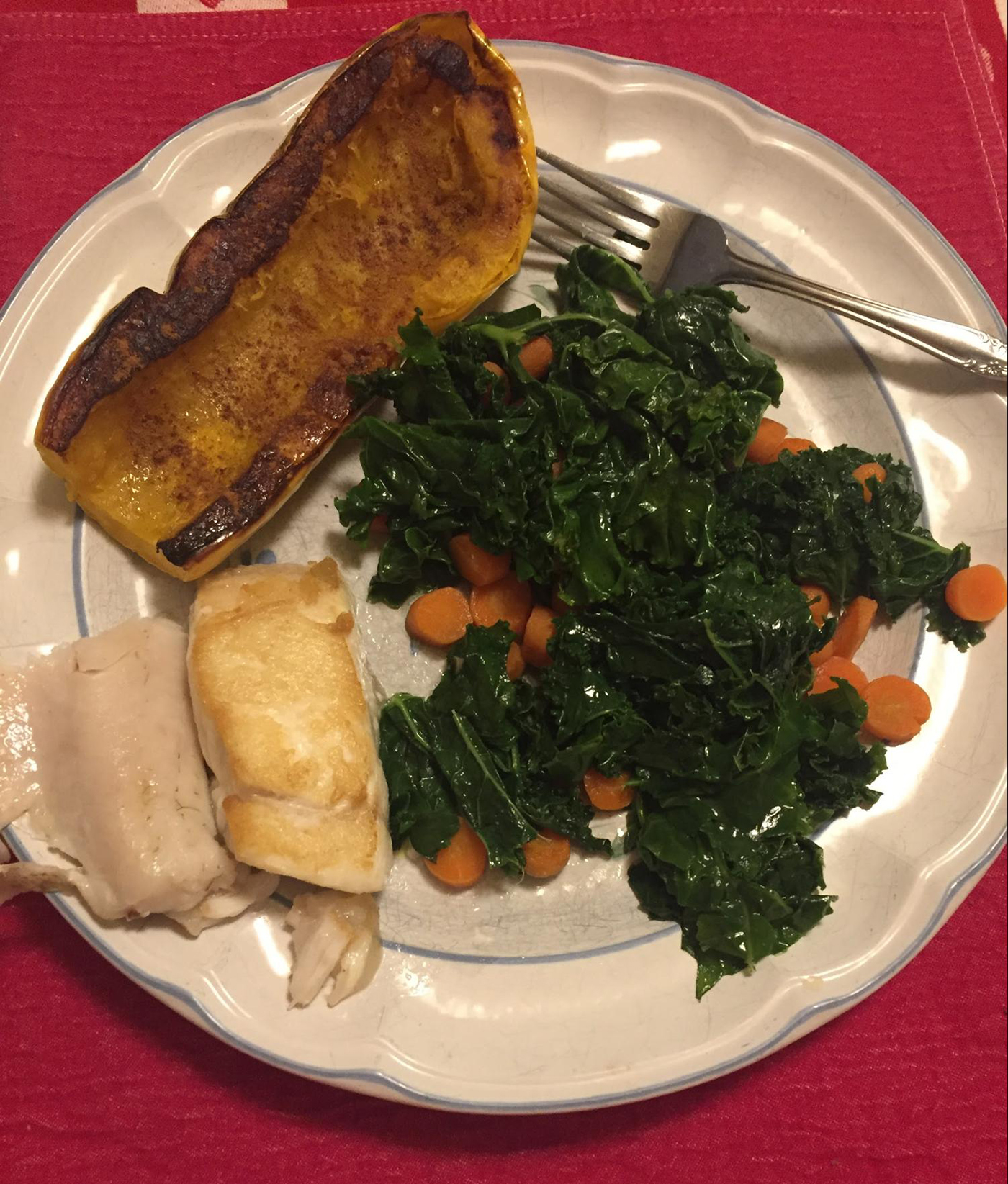
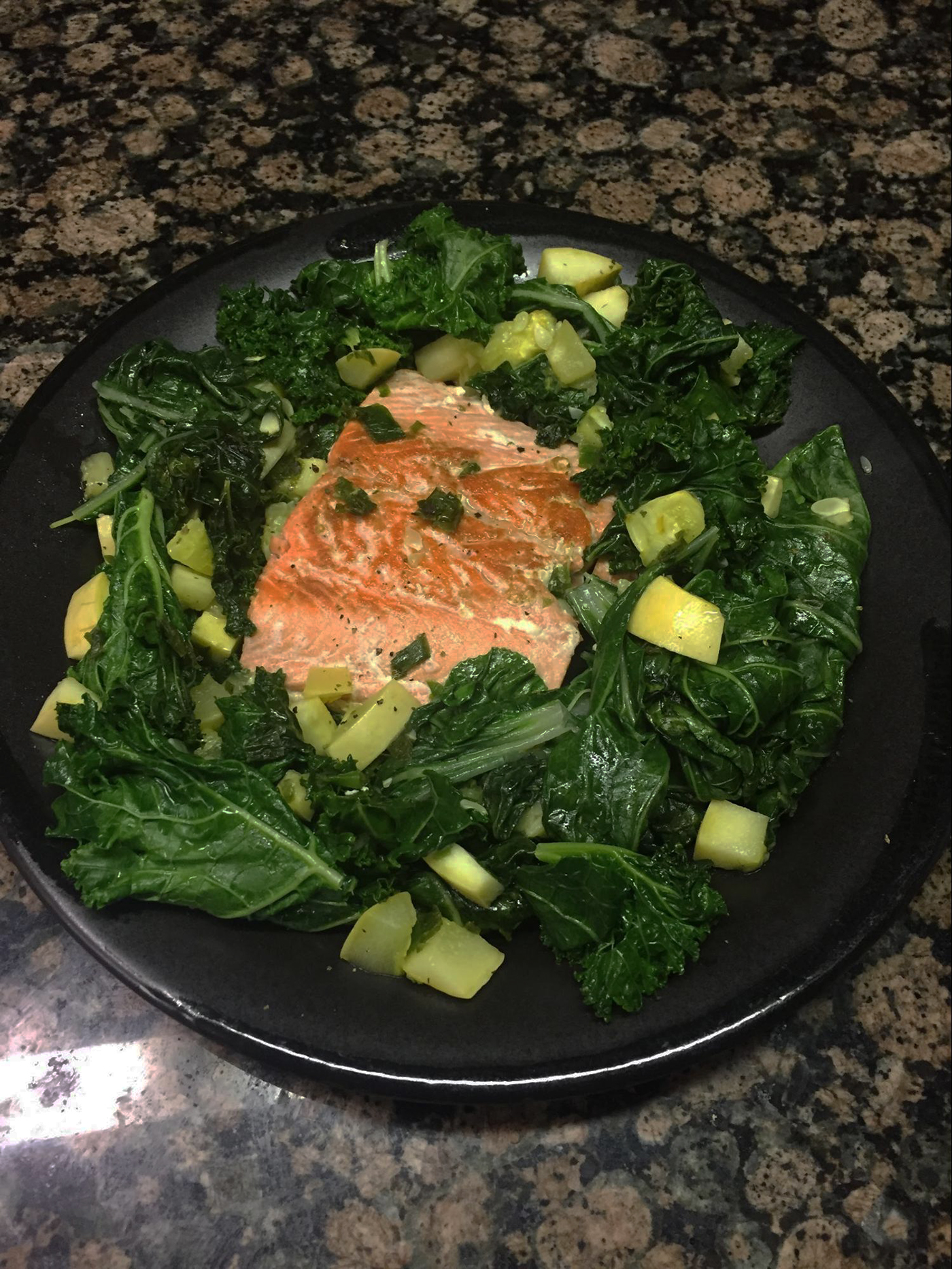
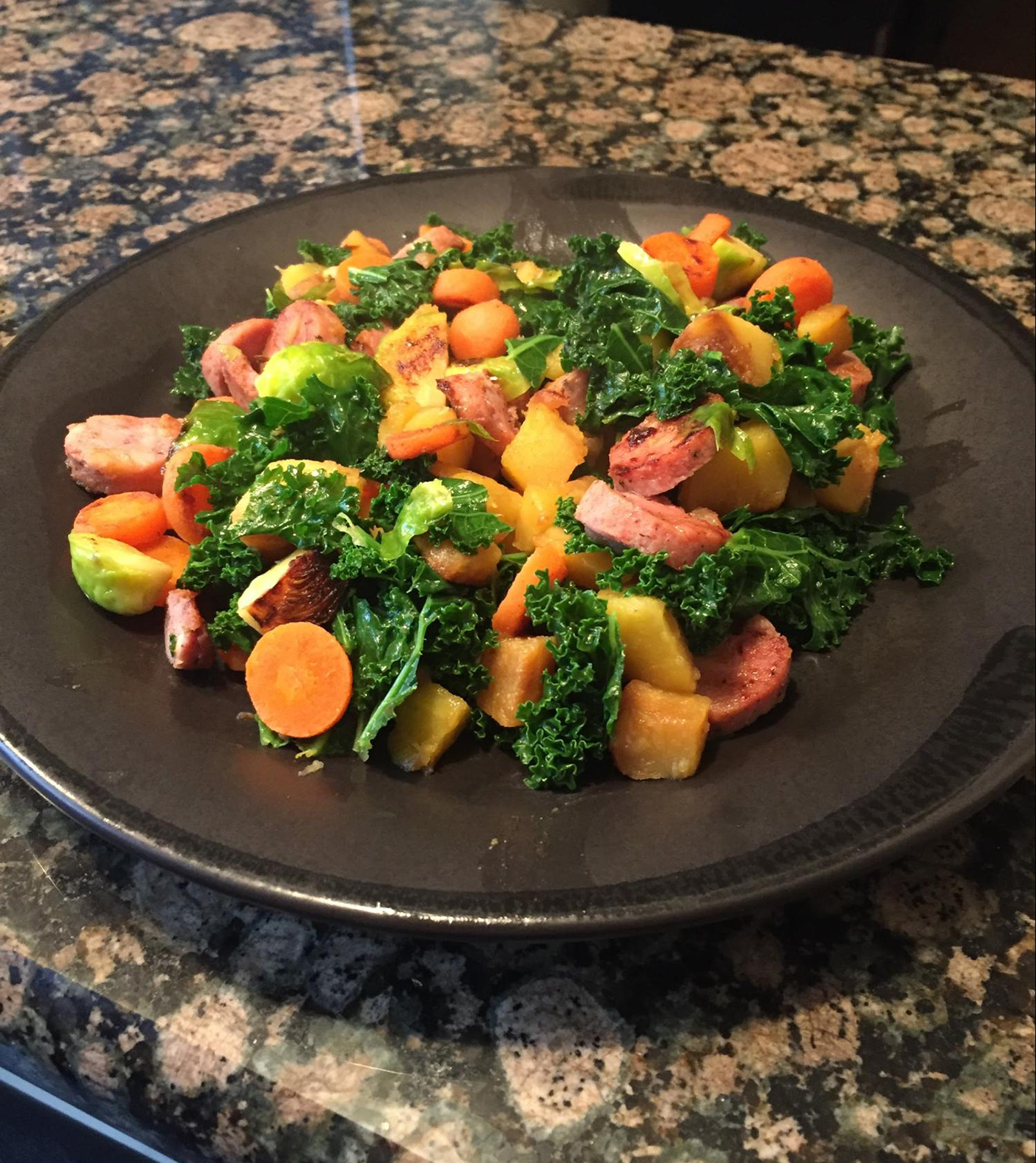






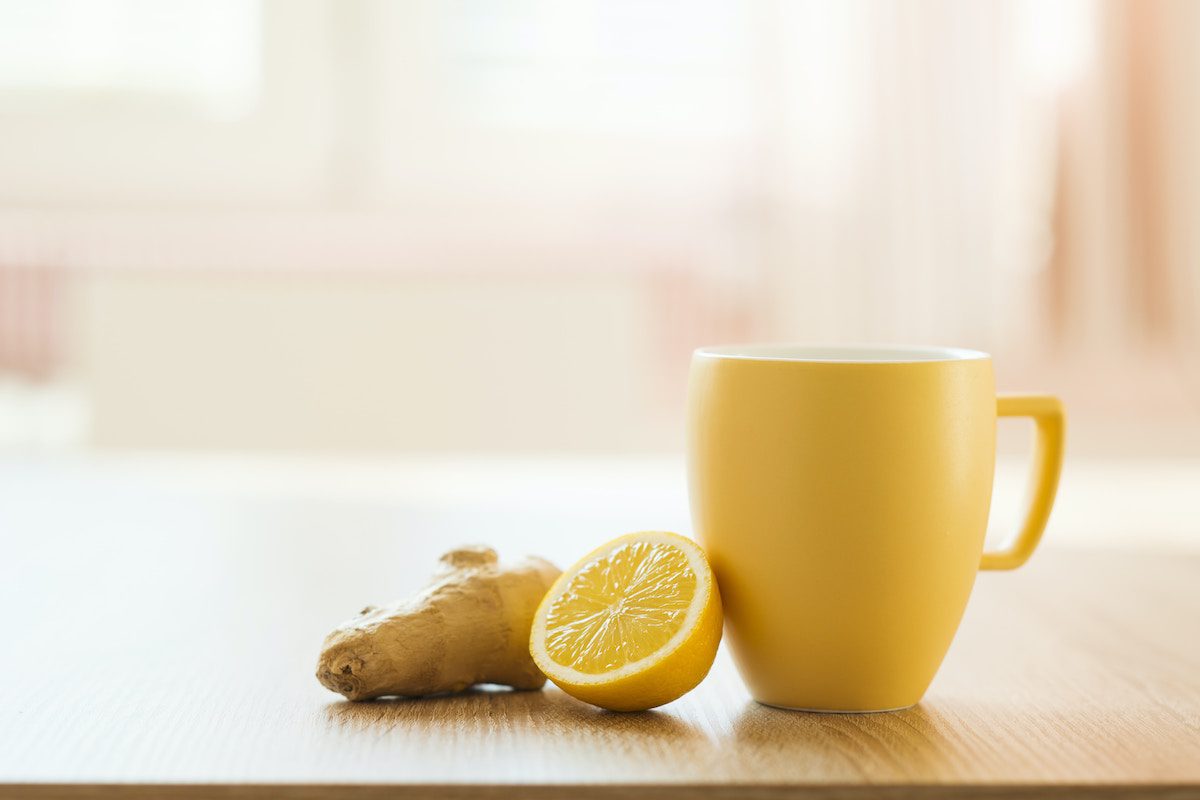

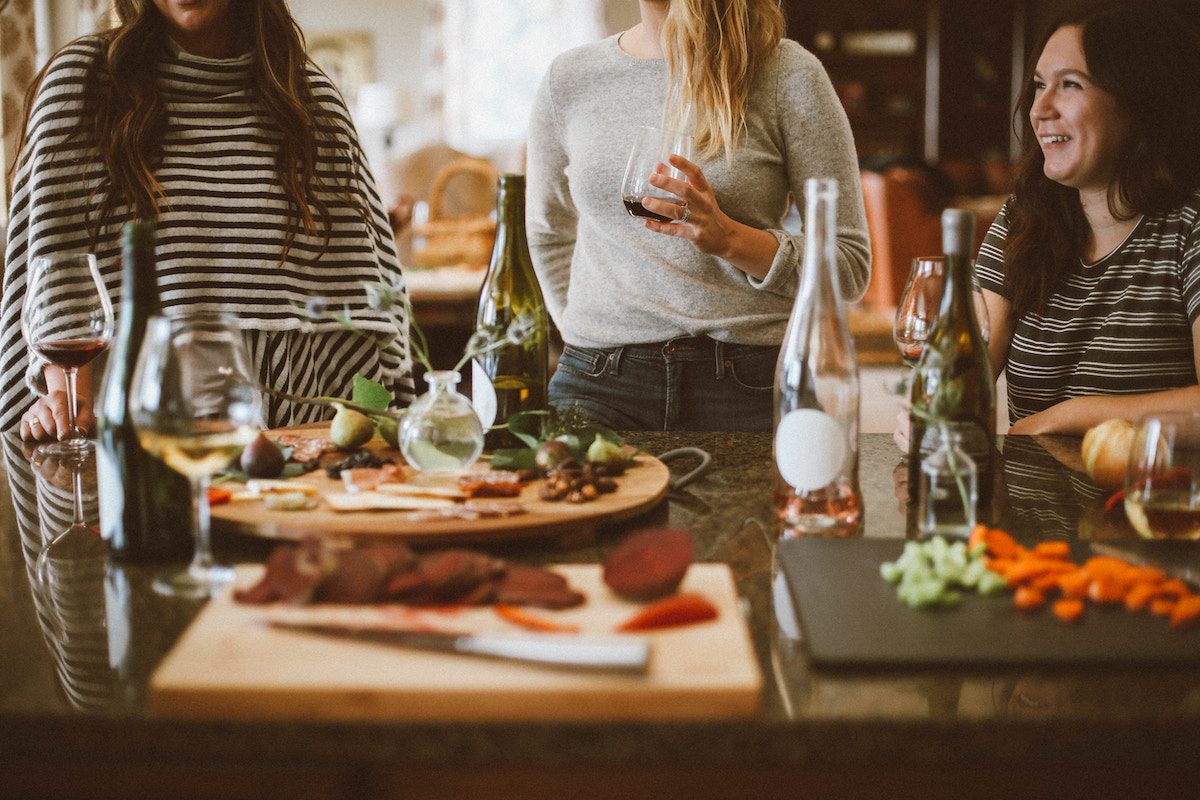

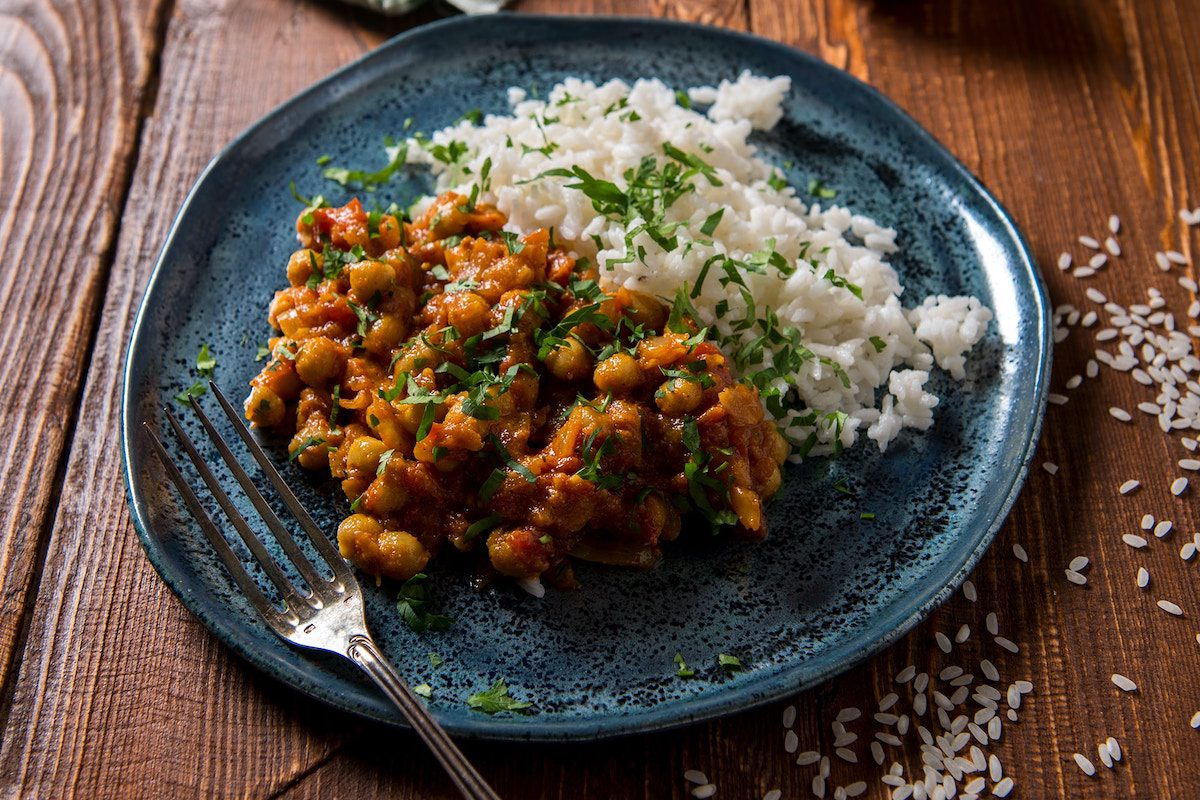
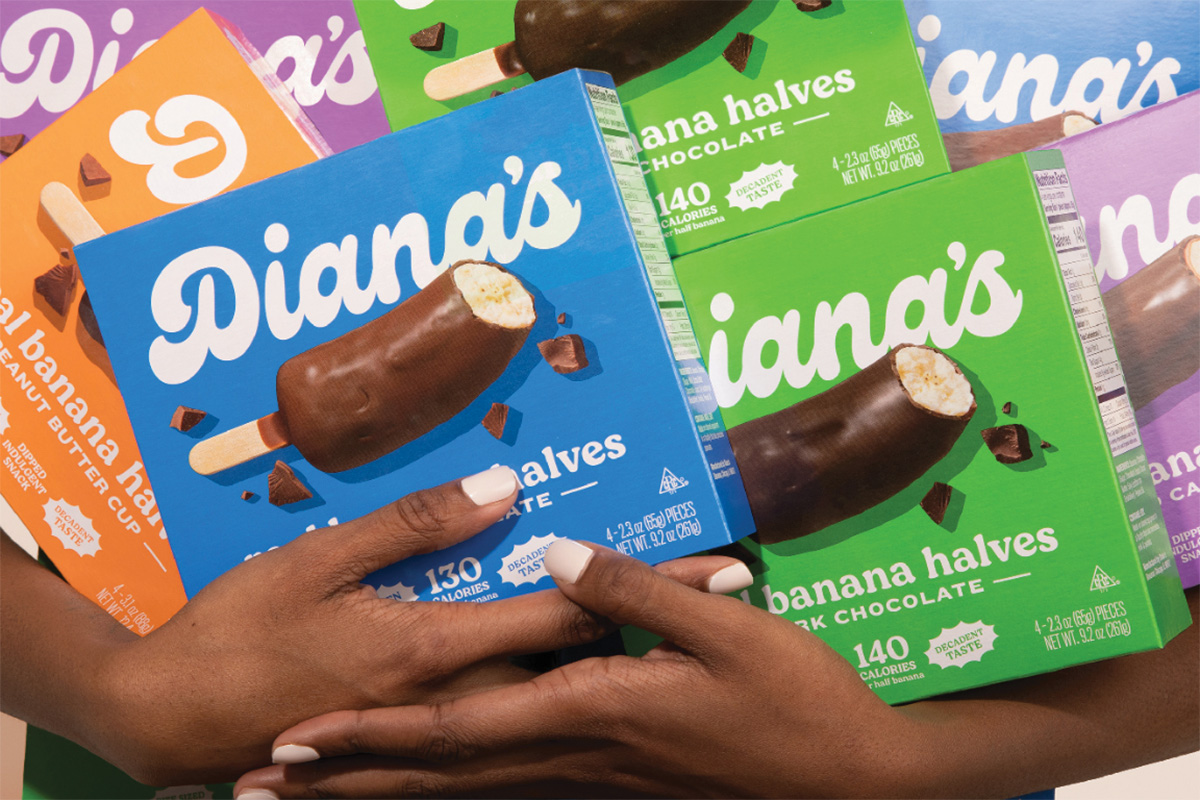
So glad you found this to be helpful for your emotional eating. I completed my first in January and found the same! It’s been even more of an eye opener now after the fact as I figure out my “Food Freedom.”